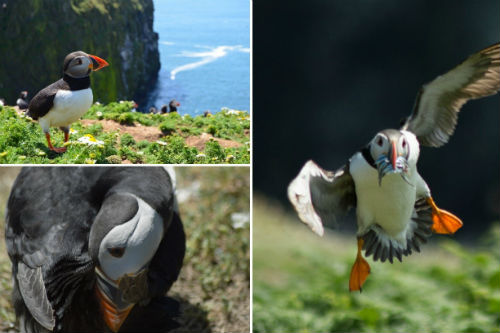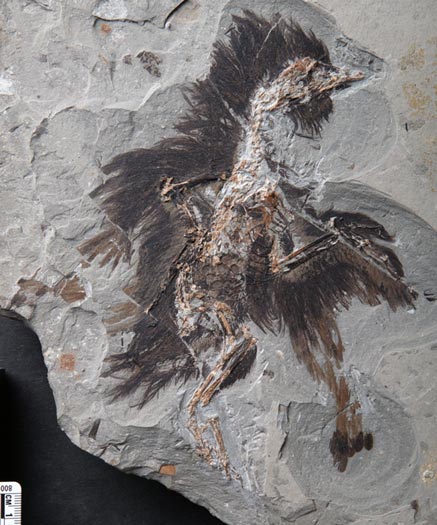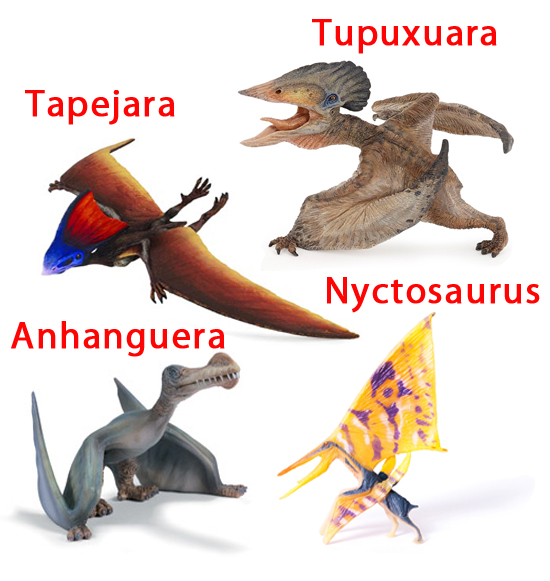Link Between Bird Beak Shape and Feeding Ecology Not That Strong
Bird Beak Shape Did Not Evolve to Help Process Different Types of Food
A team of international researchers, including scientists from Bristol University, have published a new scientific paper that provides a new perspective on how the beaks of birds adapted over time. It seems that the “strong relationship” between bird beak shape and what the bird eats might not be that strong a relationship after all.
New Research Shows a Link Between Beak Shape and Feeding Ecology but it is not as Strong as Previously Suggested

Picture credit: Everything Dinosaur
Darwin and the Galapagos Finches
Charles Darwin famously observed that finches on different islands of the Galapagos possessed distinctive beak shapes. He postulated that the beak shapes had come about due to natural selection as the birds adapted to fill unique niches within the ecosystem. It had been assumed that this form-function relationship holds true across all species of bird. In a new study looking at a total of 176 extant avian species and published in the academic journal “Evolution”, it is suggested that the beaks of birds are not as adapted to the food types they feed upon as it is generally believed. After all, birds use their beaks for a variety of functions not just for feeding.
Puffins on the Island of Skomer – Beaks Perform a Variety of Tasks

Picture credit: Sergio Martínez-Nebreda and Paula Medina-García
Bird Beak Evolution
The research team, consisting of scientists from the UK, the United States and Spain, used mathematical and computational statistical techniques to map the connection between beak shapes and functions in birds. By measuring the beak shape in a wide range of modern bird species from museum collections and looking at information about how the beak is used by different species to consume different foods, the scientists were able to examine the link between beak shape and feeding behaviour. Did feeding behaviour influence beak shape evolution? If it did, how strong a link was this?
Co-author of the study, Professor Emily Rayfield (Bristol University), commented:
“This is, to our knowledge, the first approach to test a long-standing principle in biology: that the beak shape and function of birds is tightly linked to their feeding ecologies.”
Lead author of the research, Guillermo Navalón, a PhD student at Bristol University’s School of Earth Sciences added:
“The connection between beak shapes and feeding ecology in birds was much weaker and more complex than we expected and that while there is definitely a relationship there, many species with similarly shaped beaks forage in entirely different ways and on entirely different kinds of food. This is something that has been shown in other animal groups, but in birds this relationship was always assumed to be stronger.”
Research co-author, Dr Jesús Marugán-Lobón from Universidad Autónoma de Madrid, explained:
“These results only made sense when you realise birds use the beak for literally everything! Therefore, it also makes sense they evolved a versatile tool not just for getting food, but also to accomplish many other tasks.”
Important Implications for the Study of Fossil Birds
The study is part of a larger research programme by the team in collaboration with academics from other universities across Europe and the USA to better understand the main drivers of the evolution of the skull in birds, the only living members of the Theropoda. Similar results were identified in a study of birds of prey, but this is the first time that the link between beak shape and ecology has been examined across a wide variety of bird families.
Guillermo Navalón added:
“These results have important implications for the study of fossil birds. We have to be careful about inferring ecology in ancient birds, which we often assume based solely on the shape of the beak.”
A Fossil Bird – Eoconfuciusornis

Picture credit: Dr Xiaoli Wang (Linyi University)
What About the Pterosauria?
This study may also have implications for the Pterosauria. Pterosaurs are extinct and they have no living close relatives, so what we know about these volant animals has to be deduced from their fossils. There are many different types of beak associated with these flying reptiles and the link between shape and feeding ecology may not be as strong as previously thought. The beaks of pterosaurs may not be as adapted to the food types they are thought to have fed upon.
A Wide Range of Different Beak Types Demonstrated in the Pterosauria

Picture credit: Everything Dinosaur
If the mandibles of pterosaurs were employed in a variety of functions such as display, preening and visual signalling as well as feeding could their beaks be not as well adapted to the food types they fed on as is generally believed? These reptiles had more manipulative function in their hands and fingers than extant birds, but the function of the hand would have been limited by the animal’s wing membranes.
Everything Dinosaur acknowledges the assistance of a press release from the University of Bristol in the compilation of this article.
The scientific paper: “The Evolutionary Relationship between Beak Shape, Mechanical Advantage and Feeding Ecology in Modern Birds” by G. Navalón, J. A. Bright, J. Marugán‐Lobón and E.J. Rayfield published in the journal Evolution.
Visit the Everything Dinosaur website: Everything Dinosaur.

